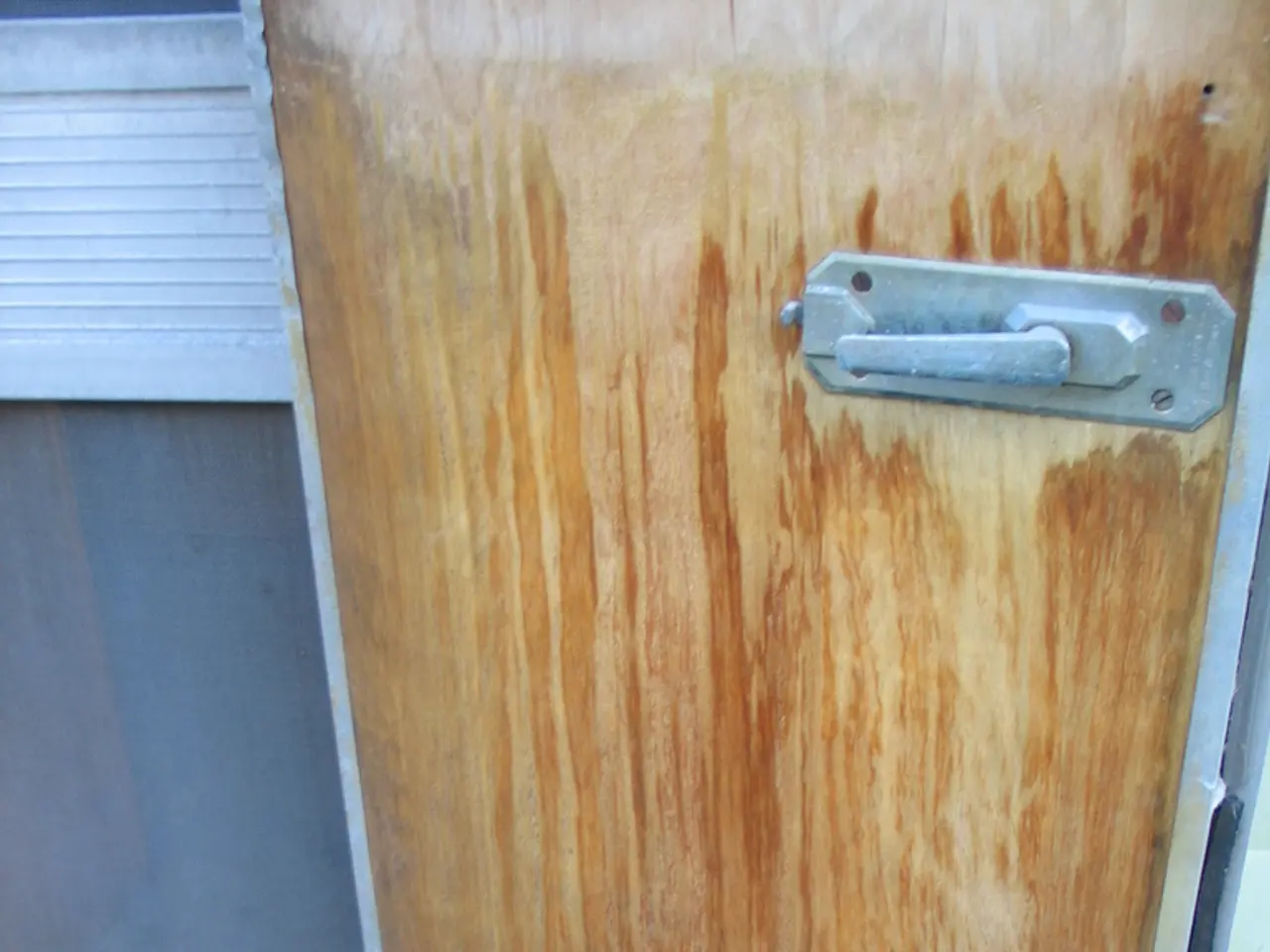Home Door Solutions: Comprehensive Guide for 2025
In the realm of home improvements, door replacements are gaining significant attention in the UK, with a focus on modern performance, aesthetic appeal, and sustainability. Here's a breakdown of the popular trends for front and patio doors in 2025.
Front Doors
The preference for front doors leans towards a blend of classic charm and modern benefits. Composite Victorian-style doors, with their timeless appeal and enhanced security, are particularly popular for period homes. Colour trends reflect a mix of heritage tones like Chartwell Green and Duck Egg Blue, as well as bolder colours such as charcoal grey and midnight blue. Contemporary front doors also favour minimalist, sleek designs with bold, statement colours like mustard yellow and cobalt blue.
Composite doors, combining the look of timber with durability, low maintenance, security, and thermal efficiency, are the preferred choice for materials. Aluminium doors also find favour due to their thermal breaks and modern aesthetic.
Patio Doors
Sliding glass patio doors, appreciated for their sleek, modern look and easy access to outdoor spaces, are highly popular. French doors remain a classic choice, while bifold doors are favoured for opening up living spaces seamlessly to the outside.
uPVC and aluminium are the primary materials for patio doors. uPVC doors offer timeless white finishes, while aluminium doors come in more contemporary colours such as grey and black. Both materials provide good durability and slim sightlines, with uPVC doors offering improved energy efficiency.
Common Trends
Across both front and patio doors, a focus on sustainability, energy efficiency, smart technology integration, and large glass panels to maximize natural light and outdoor views is prevalent. Timber doors, while traditional, require costly maintenance to prevent warping or rotting and are considerably more expensive than other materials.
ECO4 and the Affordable Warmth Scheme
ECO4, the fourth iteration of the Energy Company Obligation scheme, requires energy suppliers with more than 150,000 domestic customers to fund energy efficiency upgrades across homes in Great Britain. To be eligible for ECO4, you must be receiving income-related benefits and either be a homeowner or tenant in a privately rented property.
The Affordable Warmth Scheme, available to homeowners in Northern Ireland who earn less than £23,000 per year, may grant up to £7,500 for energy efficiency upgrades. To apply for the Affordable Warmth Scheme, contact your local council and explain your situation. A surveyor will be sent to assess the extent of work necessary and determine the amount of the grant you qualify for.
Unfortunately, grants for replacing doors in 2025 are not currently available in the UK. However, finding the right company to supply and install your new door requires researching the company's qualifications and credibility and requesting quotes from multiple companies.
For those in need of a door replacement due to its run-down, damaged, and inefficient state, contact your local authority to see if you are entitled to a door replacement or other home improvements.
Material Comparison
Steel doors are extremely durable and long-lasting, making them a smart choice for long-term value. Aluminium doors are corrosion resistant and will never warp. However, they cost more than uPVC and steel doors, despite not providing the same levels of durability as steel.
Composite doors, more expensive than most other materials due to their specialised manufacturing, are some of the most secure and durable doors available. They are made with a timber core and layers of uPVC, combining the benefits of multiple materials.
uPVC doors are resistant to corrosion, warping, and physical damage, and are durable against harsh weather. They can last between 20-25 years before needing replacement, but other materials tend to last longer. uPVC doors are highly recyclable and require very little maintenance.
Steel doors are excellent for reducing outside noise in your home, but can be prone to creating condensation and are more easily scratched or dented, which could lead to rust or costly repairs.
Conclusion
In summary, the UK door replacement market in 2025 is focused on modern performance, aesthetic appeal, and sustainability. Composite doors are the most secure and durable material for replacement front doors, while uPVC doors remain the most popular option due to their affordability and multiple benefits. Steel and aluminium doors offer unique advantages but may not be as cost-effective or long-lasting as composite or uPVC doors.
Heat pumps could be integrated into homes with more energy-efficient front and patio doors, as the focus on sustainability continues to grow. In line with the fashion-and-beauty trend of sustainable living, double glazed windows, prevalent in both front and patio doors, not only contribute to home insulation but also align with the preferences for large glass panels to let in natural light and provide outdoor views. Home-and-garden enthusiasts may find these energy-saving solutions appealing as they enhance the overall lifestyle and aesthetics of their abodes.




